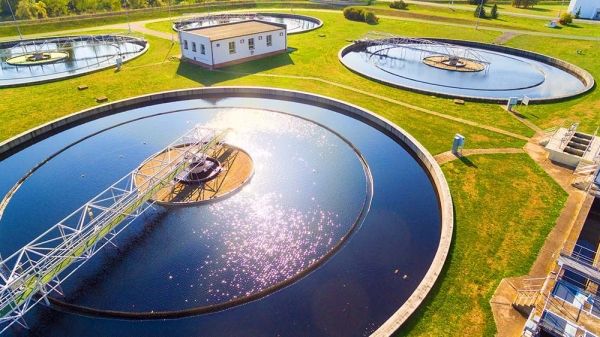Using sophisticated microscopy and computational analysis, Texas A&M University researchers have now validated the merit of a water purification technology that uses electricity to remove and inactivate an assortment of waterborne viruses. They said the yet-to-be-implemented water purification strategy could add another level of safety against pathogens that cause gastrointestinal ailments and other infections in humans.
“There is always a need for new techniques that are better, cheaper and more effective at safeguarding the public against disease-causing microorganisms,” said Shankar Chellam, professor in the Zachry Department of Civil and Environmental Engineering. “The water purification technique investigated in this study is a promising strategy to kill even more viruses at the earliest stages of water purification.” The researchers have detailed their findings in the journal Environmental Science & Technology.
Before water reaches homes, it undergoes multiple purification steps, namely coagulation, sedimentation, filtration and disinfection. Conventional coagulation methods use chemicals to trigger the clumping of particles and microbes within untreated water. These aggregates can then be removed when they settle as sediments. While effective, Chellam noted that the chemicals used for coagulation could be very acidic, making their transport to treatment plants and storage a challenge.
Continue reading at Texas A&M University
Image via Texas A&M University


